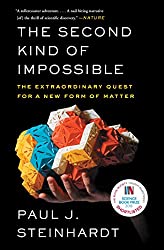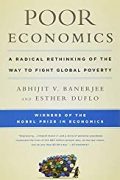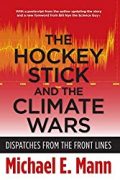
Rating: 8.5/10.
A scientific adventure that starts out in theoretical physics but ends up in geology. The author is a physicist, who hypothesizes the existence of a new type of matter called a quasicrystal, which has no translational symmetry but only rotational symmetry, and is made up of atoms in a Penrose tiling. You can detect if you have a quasicrystal by X-ray diffraction: you get a five-fold symmetry which is supposed to be impossible using periodic tilings.
Early in the book, Shechetman synthesizes the first quasicrystal (he won the Nobel Prize in Chemistry in 2011), while the author comes up with the theoretical model to explain it. There is some debate with Linus Pauling over whether it’s really a quasicrystal, but the community eventually accepts it. Now the question is whether quasicrystals exist in nature.
They start with a computer search through mineral databases, and a collaborator finds a promising specimen in a museum in Italy. However, geologists are skeptical that it’s natural, due to the presence of metallic aluminum (which oxidizes quickly). It turns out to be very hard to trace where the sample came from, and it’s only a small pebble so they quickly run out of material to do tests.
Eventually, they decide to go on an expedition to the place of origin to discover more samples, in the remote Koryak mountains in Chukotka, Russia. After two weeks of digging, they bring home a lot more samples, and confirm that the quasicrystal came from a meteorite and was formed in a high-speed impact in space. There’s not that many practical applications of quasicrystals, but this science changes our understanding of matter.



